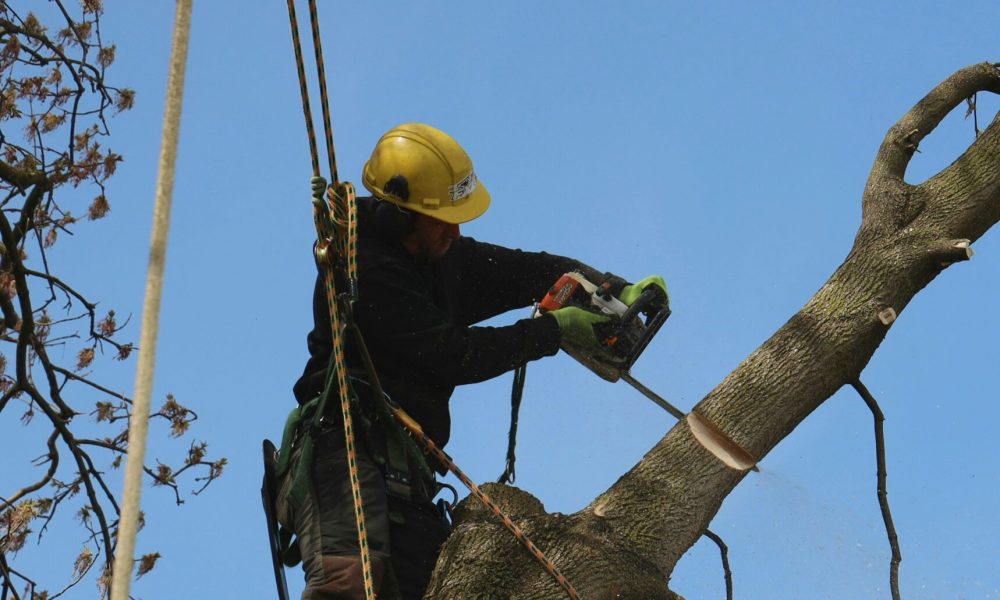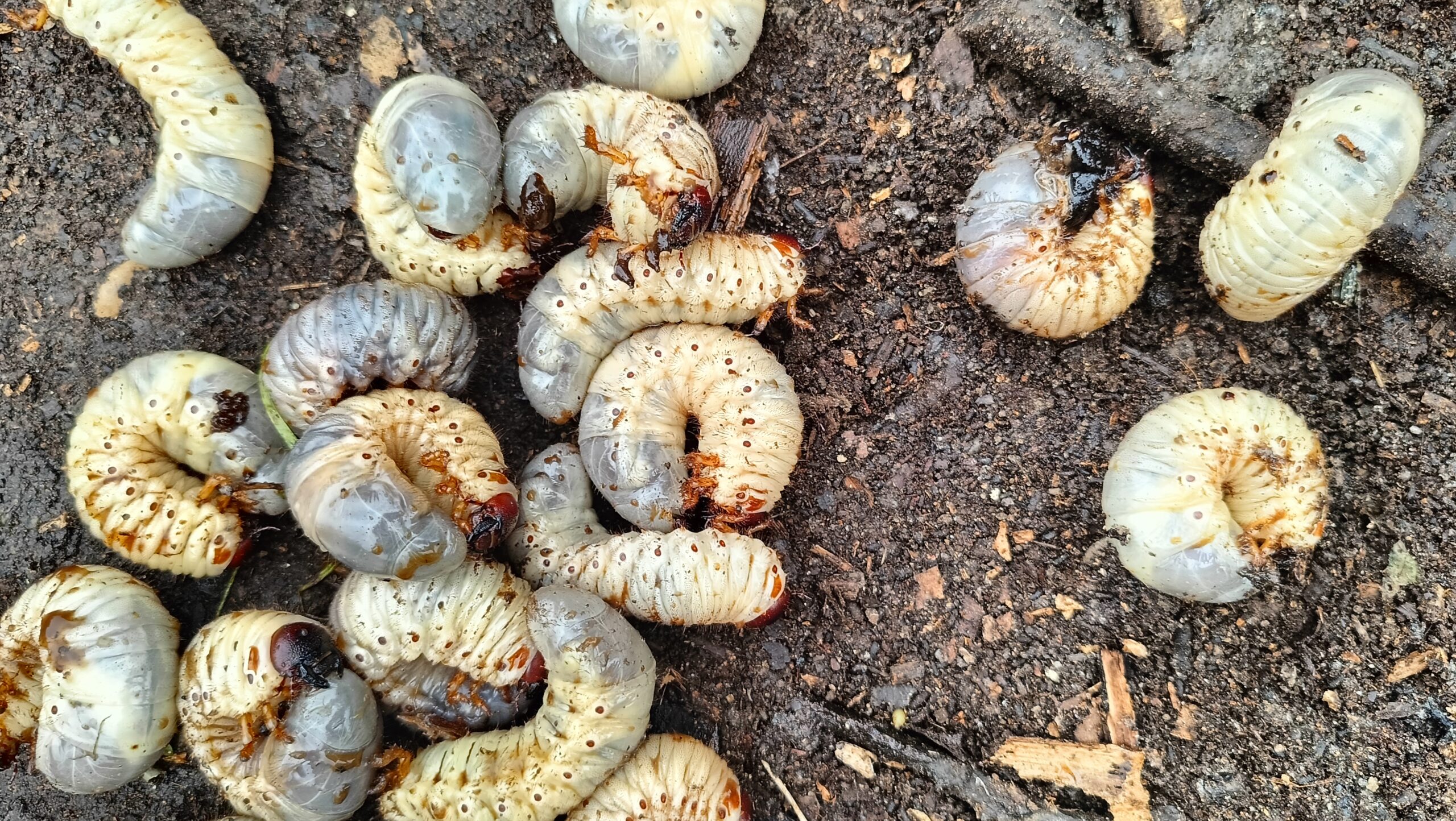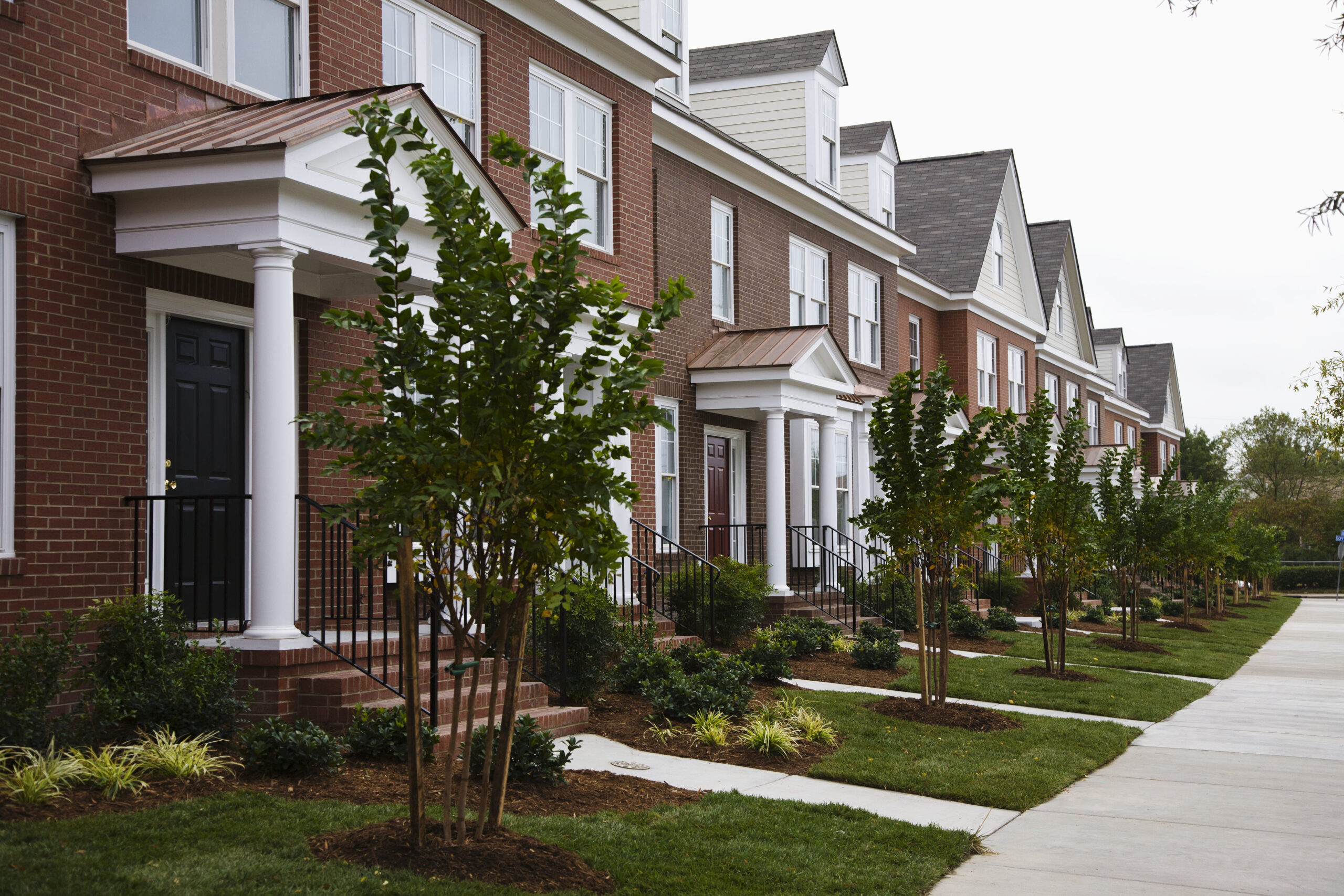If you're a homeowner or a property manager in North Texas, understanding the art of pruning trees is essential for maintaining a healthy and beautiful outdoor space. Live Oaks, Crepe Myrtles, Red Oaks, and Cedar Elms are among the most popular trees in the region, each requiring specific care to thrive. This beginner's guide will walk you through when and how to trim these trees, ensuring their health and longevity. We'll also discuss when it's best to call in professional tree services to keep your landscape safe and looking its best. Whether you're looking to enhance your property's aesthetic or improve its environmental impact, proper tree care is a vital step in creating a flourishing garden.

North Texas is home to a diverse array of tree species, each contributing to the region's unique landscape. This section will explore the most common trees in the area, explain why proper care is crucial, and outline the best times for pruning.
Top Tree Species Overview
Live Oak, Crepe Myrtle, Red Oak, and Cedar Elm are among the most prevalent tree species in North Texas. Each of these trees has distinct characteristics and care requirements.
Live Oaks are known for their sturdy branches and expansive canopies, providing ample shade. They're evergreen, maintaining their leaves year-round.
Crepe Myrtles are popular for their colorful summer blooms and attractive bark. These trees come in various sizes, from shrub-like to tall, mature trees.
Red Oaks are deciduous trees that offer beautiful fall colors. They grow quickly and can reach impressive heights, making them excellent shade trees.
Cedar Elms are native to Texas and are known for their drought tolerance. They have a distinctive vase-shaped crown and provide dappled shade.
Importance of Tree Care
Proper tree care is essential for maintaining the health, safety, and beauty of your landscape. Regular maintenance helps trees withstand harsh weather conditions and resist pests and diseases.
Well-cared-for trees enhance property value by improving curb appeal and providing energy-saving shade. They also contribute to environmental health by reducing air pollution and providing habitats for wildlife.
Neglected trees can become hazardous, with weak branches that may fall during storms. Regular care prevents these risks and ensures your trees remain assets rather than liabilities.
When to Prune Trees
The best time to prune trees depends on the species and your pruning goals. Generally, winter or early spring, before new growth begins, is ideal for most trees.
For flowering trees like Crepe Myrtles, prune after they bloom to avoid removing flower buds. This typically means summer pruning for these species.
Avoid pruning oaks during their growing season (February through June) to prevent oak wilt disease. If pruning is necessary during this time, seal all cuts immediately.
Emergency pruning to remove damaged or dangerous branches can be done at any time of year. However, it's best to consult a professional for such tasks to ensure the tree's health and your safety.
Pruning Techniques and Timing

Proper pruning techniques and timing are crucial for maintaining healthy trees. This section will provide specific guidance for Live Oaks, Crepe Myrtles, and Red Oaks, three of North Texas's most popular tree species.
Live Oak Maintenance Tips
Live Oaks require minimal pruning when mature, but young trees benefit from structural pruning to develop a strong framework.
Prune Live Oaks in winter, before spring growth begins. Avoid pruning from February to June to prevent oak wilt disease.
Remove dead, diseased, or crossing branches first. Then, focus on thinning the canopy to improve air circulation and light penetration.
Maintain the tree's natural shape. Avoid topping or over-thinning, which can weaken the tree and make it susceptible to damage.
Always clean your tools between cuts to prevent the spread of disease. For large branches, use the three-cut method to prevent bark tearing.
Remember, Live Oaks are prone to oak wilt. If you're unsure about pruning techniques, it's best to consult a professional arborist. For more detailed information on tree pruning, especially for oaks, check out this helpful guide.
Crepe Myrtle Trimming Guide
Crepe Myrtles are often over-pruned, leading to weak growth and reduced flowering. Proper pruning enhances their natural beauty and promotes healthy blooms.
Prune Crepe Myrtles in late winter or early spring before new growth appears. Remove dead, diseased, or crossing branches first.
To maintain the tree's shape, selectively thin out some of the branches, focusing on those growing towards the center of the tree. This improves air circulation and light penetration.
Avoid "crepe murder" - the practice of severely cutting back all branches. This weakens the tree and leads to unsightly growth. Instead, maintain the tree's natural form.
For more detailed guidance on pruning Crepe Myrtles and other trees, refer to this Earth-Wise Guide to Pruning.
Red Oak Pruning Essentials
Red Oaks, like Live Oaks, are susceptible to oak wilt and require careful pruning practices.
Prune Red Oaks during the dormant season, typically late fall to early spring. Avoid pruning from February to June when oak wilt-carrying beetles are most active.
Focus on removing dead, diseased, or damaged branches. Thin the canopy lightly to improve air circulation, but maintain the tree's natural shape.
Always use clean, sharp tools and make clean cuts just outside the branch collar. For larger branches, use the three-cut method to prevent bark tearing.
If pruning during the growing season is unavoidable, seal all cuts immediately with pruning paint to prevent oak wilt infection.
Remember, less is often more when it comes to pruning Red Oaks. When in doubt, consult a professional.
Professional Help and Benefits

While many aspects of tree care can be managed by homeowners, there are times when professional help is necessary. This section will help you recognize when to call in the experts and highlight the advantages of proper tree maintenance.
Recognizing When to Hire Experts
Professional tree services should be considered for several situations:
Large or mature trees that require extensive pruning
Trees near power lines or structures
Removal of dead or diseased trees
Storm damage cleanup
When specialized equipment is needed
If you're unsure about proper pruning techniques or tree health, it's best to consult a professional. They can provide expert advice and services to ensure your trees remain healthy and safe.
Remember, attempting to handle complex tree care tasks without proper knowledge and equipment can be dangerous to both you and your trees.
For more information on when to seek professional help, check out this comprehensive plant guide which includes tips on tree care.
Advantages of Proper Tree Maintenance
Regular, proper tree maintenance offers numerous benefits:
Improved tree health and longevity
Enhanced property value and curb appeal
Reduced risk of property damage from falling branches
Better fruit production for fruit-bearing trees
Increased energy efficiency through strategic shading
Well-maintained trees also contribute to environmental health by reducing air pollution, providing wildlife habitats, and helping to manage stormwater runoff.
Proper pruning can help trees better withstand storms and high winds, reducing the risk of damage during severe weather events.
By investing in regular tree care, you're not just maintaining your landscape - you're investing in the long-term health and beauty of your property and the wider environment.
Need tree care help? Contact us today to start planning for fall and winter.





